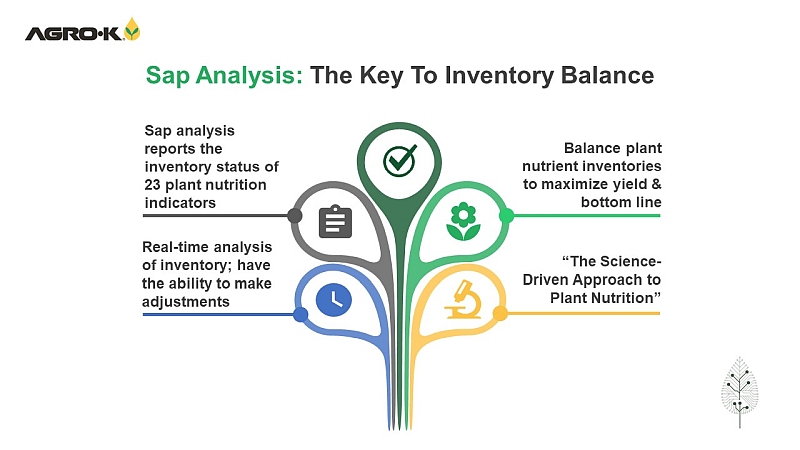New Alternative To Hedging Could Be A Canopy Management Game-Changer
Hedging to reduce excessive vine growth is a common practice among grape growers to ensure shoots don’t block light or hinder workers from moving easily through vineyards. The problem is, it’s only a stopgap solution and doesn’t solve the problem of vine size long-term.
A new alternative to hedging could, though. It’s called “palissage,” and it has the potential to be a game-changer.
According to Justine Vanden Heuvel, associate professor of viticulture and enology at Cornell University, the palissage technique involves wrapping vertically-shoot positioned (VSP) shoot tips around the top wire of a trellis rather than hedging them.
“The idea behind it is to reduce or prevent lateral emergence in the fruiting zone. We know that we get longer lateral growth in vines that are hedged earlier, and it becomes a vicious cycle where growers hedge, then have to do another leaf removal, and then hedge again,” Vanden Heuvel says. “With palissage, the shoot tips are preserved, potentially removing the hormonal trigger for lateral emergence.”
She notes that palissage hasn’t yet been tested in a fully replicated experiment, but there have been some indications that it holds promise. For example, Thom Bechtold at King Ferry Vineyards in King Ferry, NY, has been using the palissage technique for four years, resulting in reduced vine size.
“We’ve worked with it for a few years now in some experimental vineyards where we wanted to get accurate pruning weights and have anecdotally noted the same thing,” Vanden Heuvel adds. “Fruit zones appear to be more open with increased cluster exposure.”
Although more research is needed, Vanden Heuvel says the ability to reduce lateral emergence in the fruiting zone could lower the cost of canopy management and reduce disease.
“Leaf removal by hand, for example, is very expensive with many growers estimating costs of up to $150 per pass per acre,” she says. “With a more open fruiting zone, there is also the potential of reducing disease incidence, particularly in tight-clustered cultivars.”
So far, the technique has been tested only on large, VSP vines that usually need to be hedged multiple times each season, so Vanden Heuvel isn’t sure if it will work on all cultivars.
“Palissage probably holds the most potential for large vines in vigorous vineyards,” she says. “If vines are small, it’s unlikely to have much of an impact, and the potential for reducing canopy management costs is likely only there if the vines require multiple hedgings.”
Vanden Heuvel has developed an easy-to-use observation form for growers to use if they are experimenting with palissage, and she invites any growers trying the technique to share their experiences with her. For a copy of the form, contact her at [email protected].










